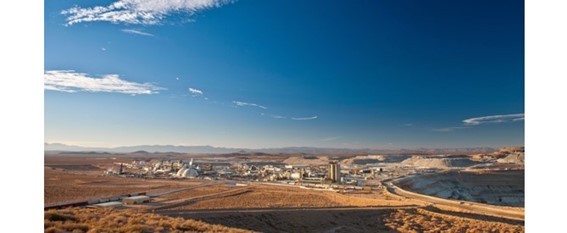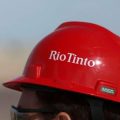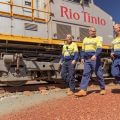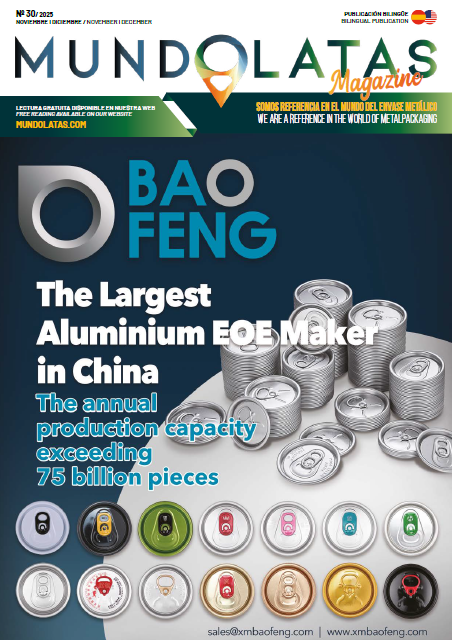The U.S. Department of Energy has earmarked an investment of 2.2 million euros from state funds for a team led by Rio Tinto to explore the potential for carbon storage at the Tamarack nickel joint venture in central Minnesota.
According to the company, Rio Tinto has assembled a team of leaders in climate research and innovation to explore new approaches to carbon mineralization technology as a way to safely and permanently store carbon in rock form. Rio Tinto will also contribute $4 million in funding for the 3-year project, with additional financial support from the Department of Energy’s ARPA-E Innovation Challenge.
Precisely, carbon mineralization uses natural chemical reactions to convert captured carbon dioxide (CO2) into rock and store it underground. It also has the potential to be an important technology for meeting global climate targets and is now being used on a large scale by Carbfix, the world’s leading carbon mineralization company in Iceland.
Rio Tinto’s technical experts will work with partners that include the Department of Energy’s Pacific Northwest National Laboratory (PNNL), which has demonstrated carbon mineralization technology in Washington state; Colombia University; carbfix; and Advantek’s waste management services. Talon Metals, the majority owner and operator of the Tamarack Nickel Project and joint venture partner of Rio Tinto, is contributing knowledge of the deposit and access to the land for scientific field work.
Nigel Steward, Rio Tinto’s chief scientist, adds, “Our aim is to deliver carbon storage solutions that can help meet climate targets by reducing and offsetting emissions from our operations and in other industries, and to explore the emerging commercial opportunities that carbon storage can offer around the world. We will work with leading researchers and innovators to demonstrate the carbon storage potential of the Tamarack site and develop mineralization solutions that can be used not only here but at other similar sites.”
Todd Schaef, PNN’s subway CO 2 sequestration expert, adds that “this work will leverage knowledge gained from PNNL’s Wallula Basalt Carbon Storage Pilot Project, the only demonstration of supercritical CO2 injection into basalt in the world. We will develop forward-looking carbon storage strategies with Rio Tinto and the broader team. PNNL manages a suite of capabilities that allow us to observe real-time CO2 interactions with rocks under extreme conditions. We are proud to bring interdisciplinary expertise with computational scientists, geochemists and engineers who have been investigating subway CO 2 mineralization for decades.”
Talon Metals ceo Henri van Rooyen further notes that “Rio Tinto has assembled an exceptionally skilled team of scientists and innovators to explore new approaches to harness carbon mineralization as a way to safely and permanently store carbon from hard-to-reduce industries and carbon extracted from the atmosphere.”











